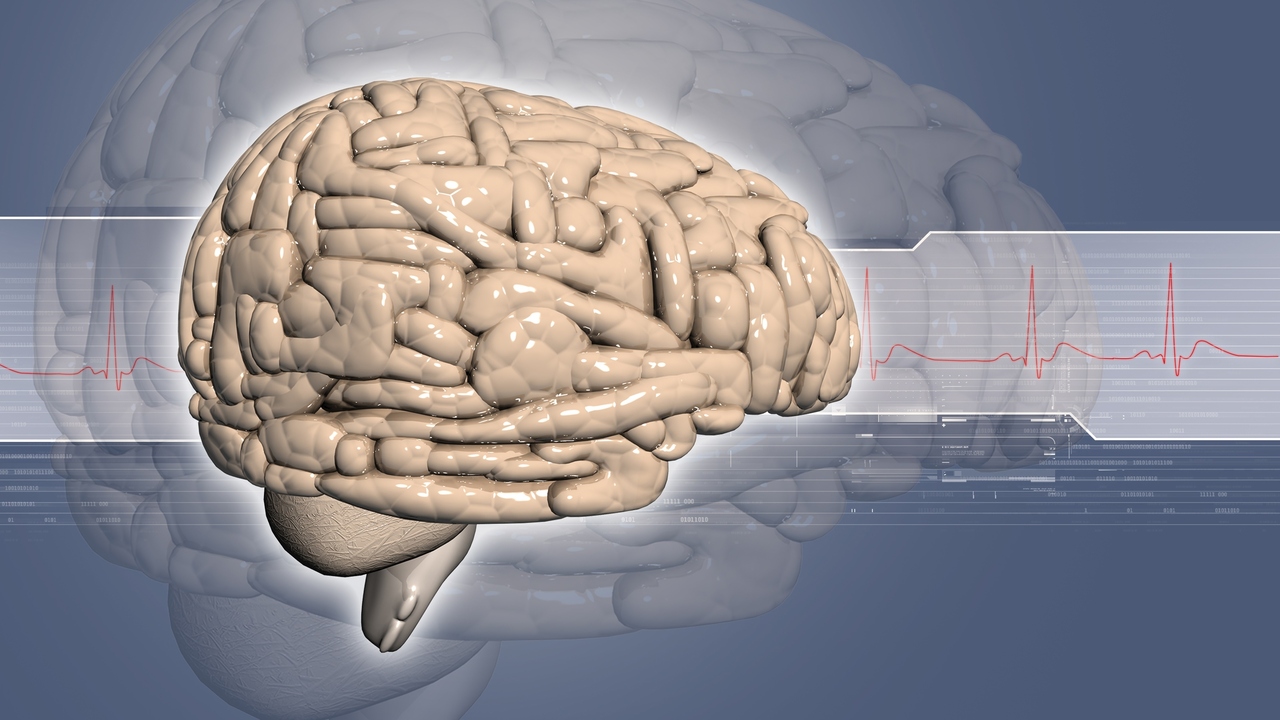Glioblastoma multiforme is the most common type of primary brain cancer. Current treatments with surgery, radiation, and chemotherapy are less successful against brain cancers than against other types of cancer. Research is in progress to improve treatment options and prognoses.
The National Brain Tumor Society provides detailed information online. Brain tumors can be benign or malignant, and primary or metastatic. Benign tumors are not considered cancer, but malignant ones are. Primary tumors originate in the brain first. Metastatic tumors develop after a cancer somewhere else in the body spreads to the brain.
Jennifer Clarke and colleagues at the University of California, San Francisco, provided a review of treatment for glioblastoma. “The current standard of care includes maximal safe surgical resection, followed by a combination of radiation and chemotherapy with temozolomide,” Clarke reported.
However, the cancer often recurs. In a phase 3 trial coordinated by the European Organization for Research and Treatment of Cancer and the National Cancer Institute of Canada, the median survival time was 12 months for surgery plus radiotherapy, and 14.6 months for surgery plus radiotherapy plus temozolomide chemotherapy.
Research is in progress for more effective therapies. Clarke explained that most new treatments are tried first on recurrent cancers, which have fewer standard treatment options. Chemotherapy possibilities under investigation include alkylating agents, molecularly targeted agents, and epidermal growth factor inhibitors. Immunotherapy and gene therapy are also being studied for glioblastoma.
One approach is to identify biomarker genes and biological processes characteristic of glioblastoma. Nicola V. L. Serao and colleagues at the University of Illinois performed a study of genetic information from 320 individuals diagnosed with glioblastoma. “This aggressive malignant type of primary brain tumor has swift and devastating consequences,” Serao wrote.
However, the gene profile is not the same for all patients. Serao's study confirmed several known biomarker genes, and discovered new gene profiles. “These findings support the development of more accurate and personalized prognostic tools and gene-based therapies that improve the survival and quality of life of individuals afflicted by glioblastoma multiforme,” Serao concluded.
I found 705 clinical trials currently listed (Dec. 16, 2011) on the U. S. National Institutes of Health's registry at http://clinicaltrials.gov/ct2/results?term=glioblastoma/
References:
1. National Brain Tumor Society. Web. Dec. 13, 2011.
http://www.braintumor.org/patients-family-friends/about-brain-tumors/tumor-types/glioblastoma-multiforme.html?gclid=CPKCx_CLgK0CFWyCtgodm0uVSQ
2. Clarke J et al, “Recent advances in therapy for glioblastoma”, Archives of Neurology 2010; 67(3): 279-83.
http://www.ncbi.nlm.nih.gov/pubmed/20212224
3. Serao NVL et al, “Cell cycle and aging, morphogenesis, and response to stimuli genes are individualized biomarkers of glioblastoma progression and survival”, BMC Medical Genomics 2011; 4:49. http://www.ncbi.nlm.nih.gov/pubmed/21649900
Reviewed December 21, 2011
by Michele Blacksberg RN
Edited by Jody Smith




